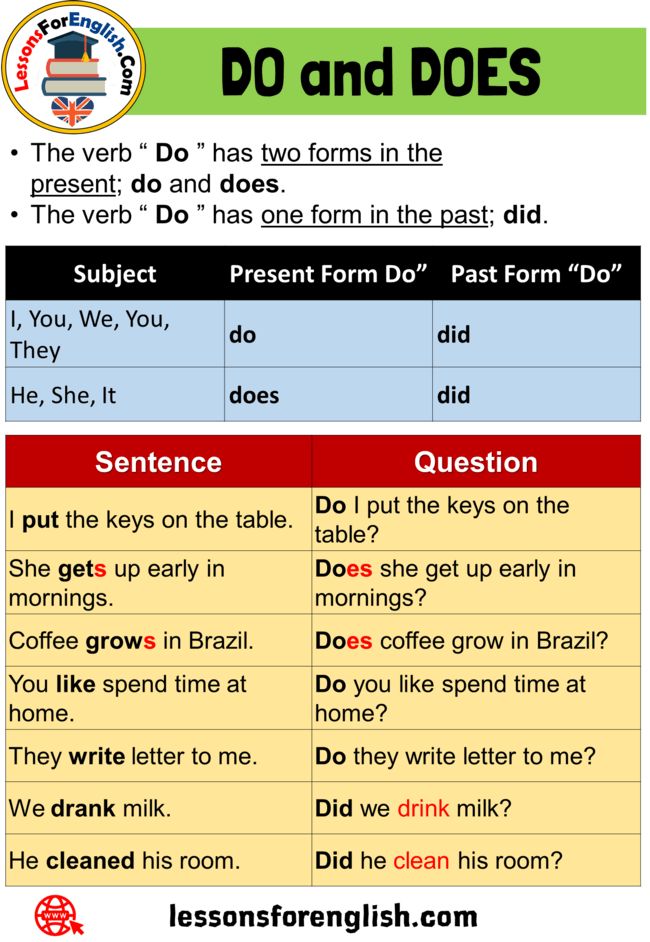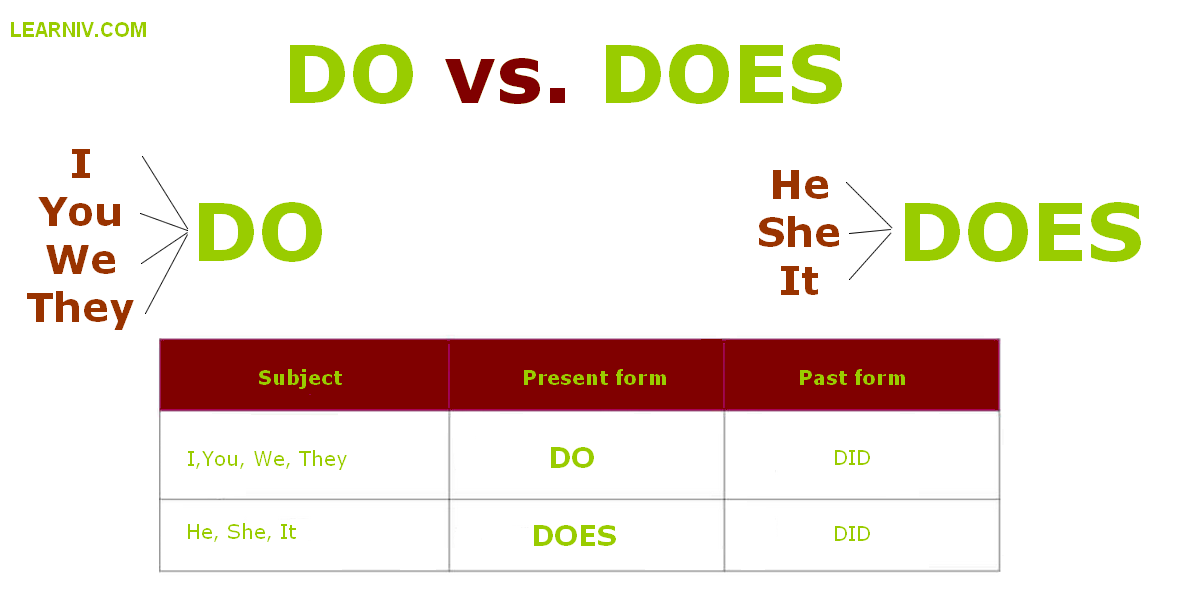What Education Do You Need to Become a Software Engineer? Degrees, Bootcamps, and Certifications
Overview: The Education Needed to Become a Software Engineer
Most software engineering roles prefer candidates with at least a bachelor’s degree in computer science, software engineering, or a related STEM field, though alternative pathways such as coding bootcamps and self-directed study can lead to entry-level roles when paired with a strong portfolio and practical experience [1] [3] [4] . Some employers may prefer or require a master’s degree for senior or specialized roles, but hands-on ability and demonstrable work often weigh heavily in hiring decisions [1] [4] .
Pathway 1: Bachelor’s Degree Route
A bachelor’s degree remains the most common and competitive route. Programs in software engineering or computer science typically teach programming fundamentals, algorithms, data structures, operating systems, databases, and software design. Many curricula also emphasize math (discrete math, calculus, linear algebra) and engineering practices that underpin robust, scalable systems [3] [4] . Employers often view this pathway as evidence of readiness to build complex systems, and it may improve access to higher-paying and leadership roles over time [2] .
Real-world example: A student completes a B.S. in Computer Science, completes data structures and operating systems projects, and interns as a backend developer. Upon graduation, they apply for Software Engineer I roles, highlighting coursework, internship deliverables, and a GitHub portfolio. This combination typically aligns with employer expectations for junior/associate roles [1] .
How to implement:
- Map courses: Ensure coverage of algorithms, data structures, databases, operating systems, networks, and software engineering.
- Build a portfolio: Turn class projects into polished repositories with READMEs, tests, and deployment scripts.
- Pursue internships: Target at least one internship or co-op to gain practical experience and references.
Potential challenges and solutions:

Source: leverageedu.com
- Challenge: Limited internship availability. Solution: Contribute to open-source, build end-to-end apps, and participate in hackathons to demonstrate real work.
- Challenge: Gaps in practical tooling. Solution: Learn Git/GitHub, CI/CD basics, containerization, and cloud deployment as part of project work.
Pathway 2: Master’s Degree for Advancement or Career Change
Some employers prefer candidates with a master’s degree, especially for roles emphasizing advanced systems, research, or leadership. A master’s may reduce the years of experience expected for senior titles in some organizations, though requirements vary by employer and role [1] [4] . Candidates transitioning from other fields may also use master’s programs that include foundational bridging coursework to pivot into software engineering [4] .
Real-world example: A mechanical engineer enrolls in a master’s program with software engineering concentration, completes foundational CS courses, then advanced software architecture and distributed systems. After capstone projects and internships, they pursue mid-level software roles at companies seeking strong systems thinking and engineering rigor.
How to implement:
- Identify programs with bridging tracks if you lack prior CS coursework.
- Select capstone or thesis topics aligned with target roles (e.g., cloud services, security, ML systems).
- Pair academics with internships or research assistantships to build experience.
Potential challenges and solutions:
- Challenge: Cost and time. Solution: Compare program formats (online, part-time) and seek assistantships or employer tuition benefits.
- Challenge: Limited experience. Solution: Prioritize projects with production-like deployments and measurable outcomes.
Pathway 3: Bootcamps and Alternative Education
Because software engineering is practice-focused, demonstrable skill can sometimes outweigh formal credentials for entry-level opportunities. Intensive coding bootcamps may prepare job seekers faster than traditional degrees by emphasizing hands-on, project-based training and workplace-ready skills. Graduates often leverage portfolios, internships, freelancing, and open-source contributions to secure roles [1] [3] .
Real-world example: A career changer completes a 12-24 week bootcamp, builds full-stack applications, and contributes to open-source issues. They target junior roles, QA, or support engineering as on-ramps, then advance to software engineering positions after shipping features and maintaining code in production environments [4] .
How to implement:
- Evaluate outcomes: Compare graduate placement data, curriculum, and employer partnerships.
- Build credibility: Create a public portfolio with tests, docs, and deployed demos.
- Network intentionally: Join meetups and contribute to community projects to gain references and visibility.
Potential challenges and solutions:
- Challenge: Employer skepticism. Solution: Showcase rigorous projects, write technical blogs, and earn entry-level certifications to validate skills.
- Challenge: Narrow scope. Solution: After graduation, systematically learn CS fundamentals (algorithms, data structures, complexity) to bolster long-term growth.
What Employers Look For: Degrees, Skills, and Proof of Work
Employers commonly screen for a bachelor’s degree, practical skills in scripting and object-oriented languages, familiarity with modern development practices (e.g., Agile/Scrum), and a portfolio that demonstrates real projects. Internships, open-source contributions, and freelance work can strengthen applications. Certifications may help signal ongoing professional development and specific tool proficiency [4] [2] .

Source: teacher.org
How to implement:
- Create a targeted portfolio: Include two to four substantive projects with clear READMEs, tests, and live demos.
- Document impact: Quantify performance improvements, code quality metrics, and user adoption where possible.
- Prepare for interviews: Practice data structures and algorithms, system design basics, and behavioral questions tied to teamwork and delivery.
Experience Levels and How Education Fits
Job titles often map to experience tiers. Entry-level or junior/associate roles may require less than one year of experience and suit recent graduates. Mid-level roles (Engineer I-III) may call for roughly 1-3+ years, while senior roles often expect 3-5+ years or more; in some cases, a master’s degree can offset part of the experience expectation. Portfolios and internships help junior applicants stand out across all pathways [1] .
How to implement:
- Junior: Emphasize education, capstones, internships, and personal projects with clean code and tests.
- Mid-level: Highlight end-to-end feature ownership, production incidents handled, and performance or reliability gains.
- Senior: Demonstrate mentorship, architecture decisions, and cross-team impact with measurable results.
Certifications and Continuing Education
While not universally required, certifications can support career progression by validating skills in cloud, security, and IT service management. Some university programs integrate industry-recognized certifications from providers such as AWS, CompTIA, and ITIL into their curricula, allowing learners to build credentials as they study. Ongoing professional development signals currency with evolving tools and practices [5] [4] .
How to implement:
- Select certifications aligned to target roles (e.g., cloud practitioner, developer associate).
- Use cert study as a framework to build real projects on the related platform or toolchain.
- Maintain credentials and log continuing education where required.
Step-by-Step: Choose Your Best Education Path
Use this sequence to chart a practical route based on your background:
- Assess your starting point: If you have minimal coding experience, consider a bachelor’s degree or a reputable bootcamp to accelerate skill acquisition [3] [1] .
- Define role targets: Backend, frontend, full-stack, mobile, or data-adjacent roles may influence course selection (e.g., systems courses for backend; UI/UX and JS frameworks for frontend) [3] .
- Structure learning: Combine formal education with projects that mimic production scenarios (tests, CI/CD, cloud deployment) to demonstrate workplace readiness [4] .
- Secure experience: Pursue internships, apprenticeships, or entry roles in QA, support engineering, or testing as stepping stones to software engineering positions [4] .
- Validate skills: Consider entry-level certifications integrated into degree programs or pursued independently to strengthen your profile [5] .
- Iterate and specialize: After landing an entry role, add advanced coursework or a master’s degree if your target path values deeper theoretical grounding or management preparation [1] [4] .
Alternative Approaches and How to Stay Competitive
Alternative routes-self-study with MOOCs, community college certificates, or structured bootcamps-can lead to software roles, especially when paired with a strong public portfolio and practical experience. Candidates may begin in related positions such as QA, test automation, or technical support and transition to engineering after demonstrating proficiency, teamwork, and delivery [4] [3] .
Potential challenges and solutions:
- Signal without a degree: Emphasize shipped projects, code reviews, issue triage, and documentation quality. Seek mentorship and contribute to well-known open-source repositories to gain visibility.
- Bridging theory gaps: Supplement with math and CS fundamentals (discrete math, algorithms, complexity) through accredited courses or rigorous online curricula to support long-term growth and advanced interviews [3] .
Access and Next Steps
You can research bachelor’s programs in software engineering or computer science through accredited universities. Many universities and reputable organizations publish program outcomes and course details openly, allowing you to compare curricula and embedded certifications. For bootcamps, you may review published syllabi, graduate portfolios, and employer partnerships, and you can attend information sessions to ask about placement support. If you prefer certifications integrated into a curriculum, some institutions outline included credentials and admission requirements on official program pages [5] .
Practical actions you can take this month:
- Draft a learning plan: Select one backend language (e.g., Java or C#) and one frontend framework, and schedule weekly practice. Pair this with algorithms practice.
- Pick one capstone-scale project: Define scope, tests, CI/CD, hosting, and monitoring. Document trade-offs and outcomes in the README.
- Seek feedback: Request code reviews from peers or mentors; iterate based on issues raised.
- Target internships or apprenticeships: Prepare a concise resume, portfolio links, and a short narrative explaining your education path and project outcomes.
Key Takeaways
– A bachelor’s degree is commonly preferred for software engineering roles; a master’s may help with specialization or advancement, while bootcamps and self-study can open entry paths when backed by a strong portfolio [1] [3] [4] . – Certifications and integrated curricula can validate skills and support career progression alongside hands-on experience [5] . – Demonstrable ability-projects, internships, and contributions-often differentiates candidates across all educational paths [1] .
References
[1] Computerscience.org (2024). How to Become a Software Engineer. [2] WGU (2025). 6 Qualifications Needed to Become a Software Engineer. [3] Harvard Extension School (2022). How to Become a Software Engineer. [4] Southern New Hampshire University (2025). How to Become a Software Engineer. [5] WGU (2025). Software Engineering Bachelor’s Degree Program Online.
MORE FROM todayhiring.us













